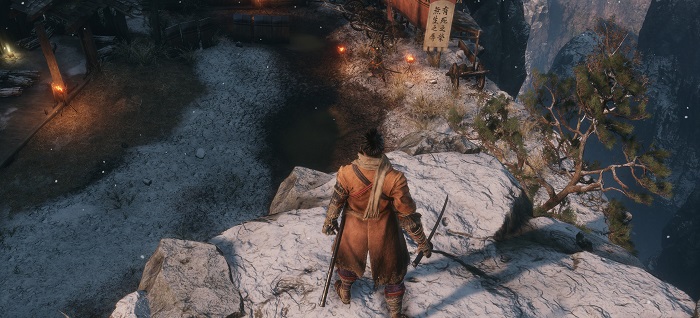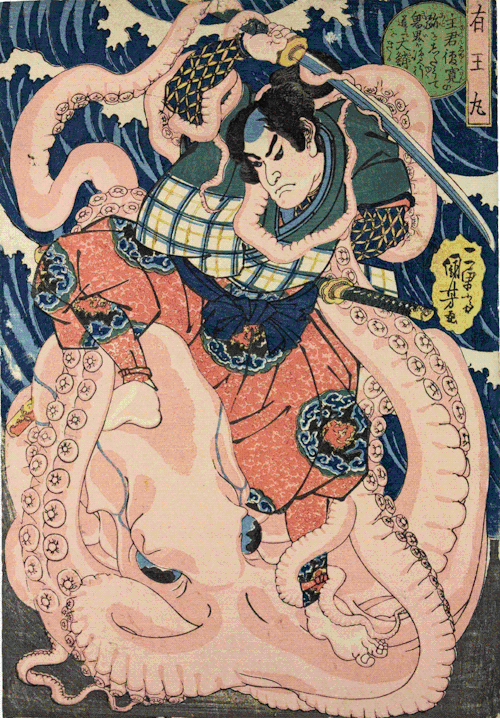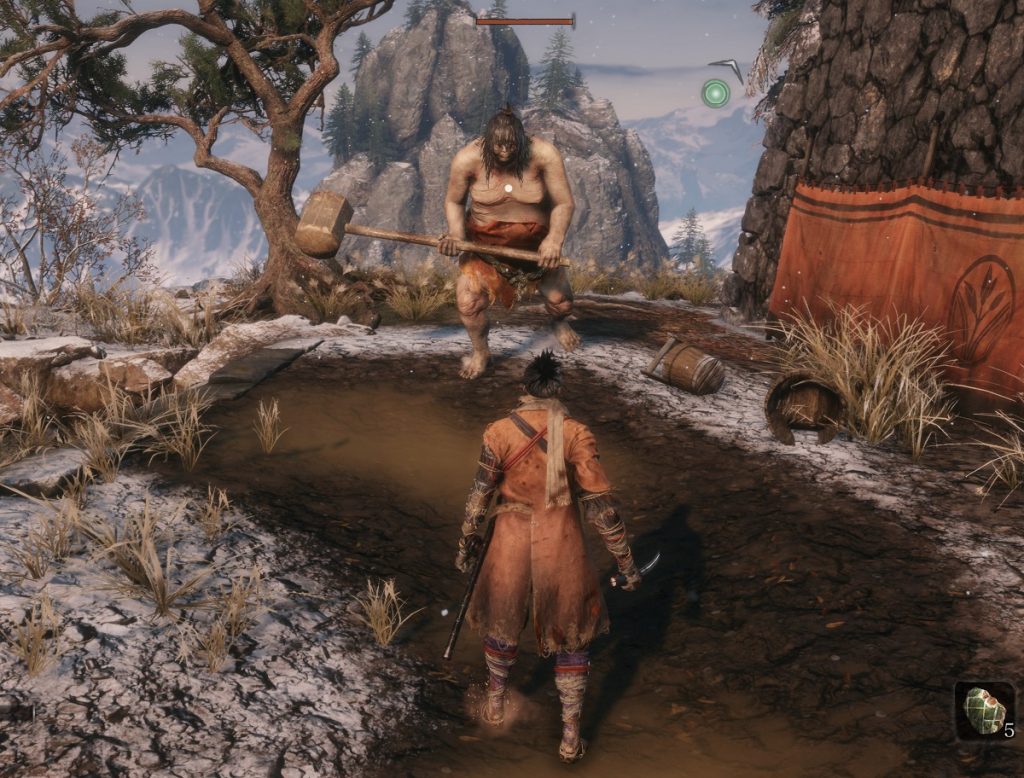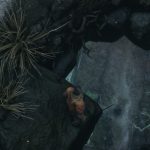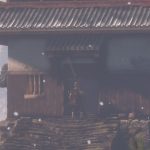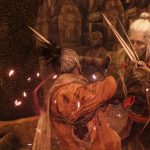Shaftkiro: Reviews Die Twice, Part 2: Big Chickens, A Worthy Foe, and Shinobi Arrogance
I dreamt of Sekiro on Saturday night. My imagination painted paths through an unknown narrative with reckless abandon, and I very nearly got up at 7am on Sunday morning to dive back into the game. Only the vague awareness of a workweek filled with bureaucratic horrors pulled me back into sleep’s embrace. I mean, that and a cat on my legs.
On returning to the game at a respectable time, I came face-to-face with my first real foe, not withstanding the giant rooster. Actually, let’s talk about the giant rooster before getting into the battle with General Naomori Kawarada. I’m serious. I want to talk about overgrown poultry.
Sekiro makes a point of telling the player that it is set in the twilight days of Japan’s Sengoku period. This is sometime around the start of the 17th century if we mark the end of the Sengoku period as the 1615 siege of Osaka and the rise of the Tokugawa Shogunate. While my knowledge of this point in history is a little rusty, I’m fairly certain there were no man eating roosters knocking about. Roosters the size of Ostriches. Roosters that can endure two swipes of a katana before needing to be run through as a coup de grace.
I suppose we could write-off these giant birds as little more than a bit of strange mythology. I’ve seen a few Japanese prints of large animals messing with humans. Take this squid giving the business to a samurai.
Large animals assailing humans seems perfectly on point for this game’s setting. Then again, Sekiro’s stealth mechanic has let me overhear a samurai talking about demons. This has me feeling that large chickens, oversized carp, and that one beefy gecko are the thin end of a wedge. As the game progresses, I expect to see more and more of the natural world turned oversized and hideous until, probably at the game’s halfway point, samurai and chickens will give way to zombies and demons. Furthermore, I anticipate that one such demon will be a half snake, half topless woman, with strategically placed boobie blocking green hair. But let’s burn that bridge when we come to it.
My battle with General Naomori Kawarada introduced me to mortality in Sekiro. Prior to facing the general, I had dished out blood spurting, hot death to guards and samurai without so much as a single death – notwithstanding the scripted battle against General Badass who stole Kiro, the Divine Heir, and lopped off Okami’s arm. Death in Dark Souls meant a return to a bonfire, a loss of souls – which were both currency and experience points – and a carefully plotted march to recover one’s lost souls. Sekiro offers the option of an instant resurrection. Which I used. And then died. And then used again. And then died. And then used again…and died.
On the third death I contemplated that perhaps Sekiro was being too generous to offer me this mechanic for a rechargeable resurrection. Then the game brought me to a cut scene where two of the game’s friendly NPCs told me that resurrection using the “Dragon Blood” (isn’t that what Kanye has?) comes at a cost. Resurrect too many times and Okami will get a case of Dragon Rot and begin collecting negative debuffs. According to Emma, the resident doctor NPC with a decidedly non-Sengoku name, there’s no known cure to the rot.
I’m sure I’ll find one, eventually. However, I suspect the quest to find a cure for Dragon Rot might prove harder than fighting the temptation to resurrect. It’s an interesting choice, one that threads the needle between losing everything on death in Dark Souls and losing everything and a slice of one’s health bar in Dark Souls 2. If a player embraces death, then they lose half of Okami’s money and skill points – which are used to unlock various power moves and sword art a la a Team Ninja game. Resurrecting keeps the cash and experience intact, but doing so might mortgage Okami’s mid and late-game strength.
I like it. It’s a strong and unexpected Faustian choice. Also, fuck you, Dark Souls 2.
Fighting General Naomori Kawarada ultimately proved less alienating than my first Dark Souls fight. I took him down on the fourth try with a little stealth and some patience. Even though the dueling nature of combat was evident from the outset, embracing that measured approach to swordplay after months of playing nothing but Destiny 2 took some doing. He fell to my blade, but only after I told myself to use all three dimensions of movement that the game affords me.
Following that battle, I noped out of fighting this master-blaster looking bastard.
On retreat, I ended up inside of one of Okami’s memories. I left that arc unfinished, but took note of a couple other ways that Sekiro wants me to treat it as something that is not Dark Souls.
First and foremost, I need to embrace my inner shinobi. As the chosen undead, I would kill everything in my path. An aggro’d hollow left standing could follow me all over the map, turning up at the worst possible moment. Within the memory of Kiro’s village being overrun by thieves and brigands, combat was not the only path forward. Stealth, evasion, and misdirection, proved as valid as cleaving a bloody path.
At the same time, parkouring up walls and grappling trees like a samurai Batman invited a certain amount of hubris. I found myself charging into battle with drunk brigands and not taking them seriously. The dueling spirit I brought to fights with samurai was easily lost when fighting a thief armed with an axe and seemingly clad in underwear and chest armour. Sekiro presented me with some half-naked and drunk assholes, and I snobbishly dismissed them as threats not worthy of a duel. They subsequently carved me like a ham. That’s a point for you, Sekiro.
These are mistakes I won’t soon repeat as I intend to complete the memory in my next play session. I’m eager to see how giving Okami a meaningful back story compares to the absolute unknown of being Dark Souls’ enigmatic chosen one. Will this memory lead me to question if Okami is the villain of this piece? Or will it be something that succeeds in cultivating sympathy for the point of view character.

